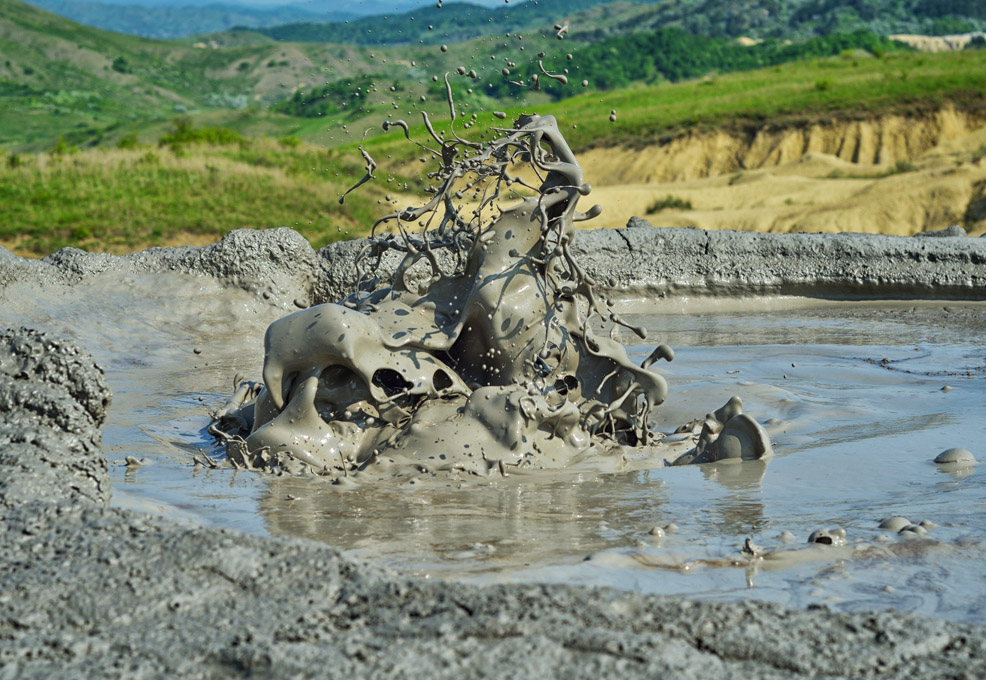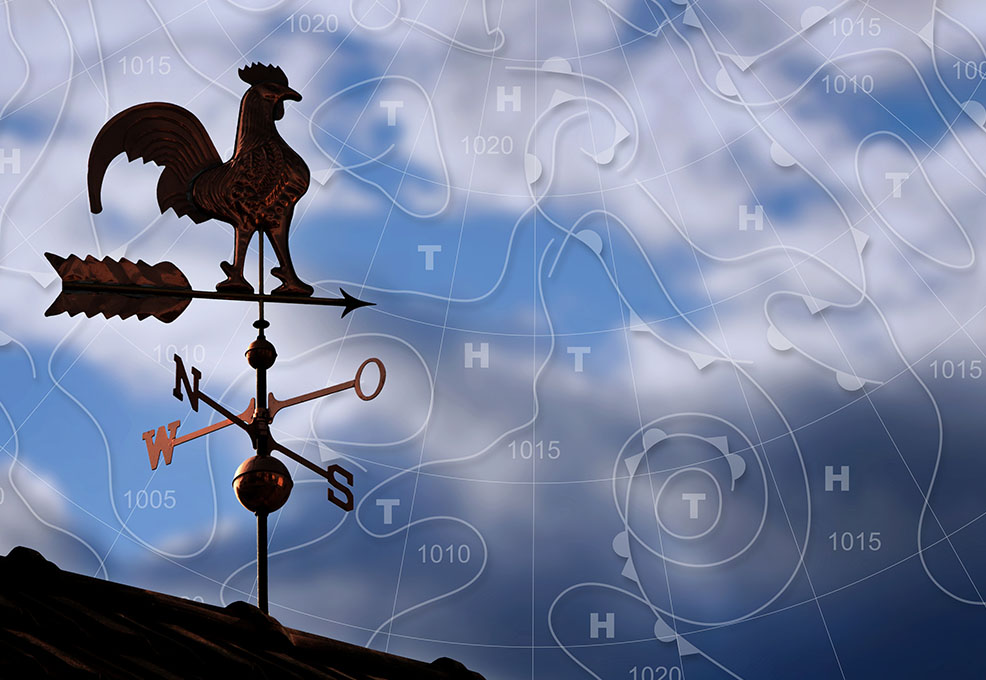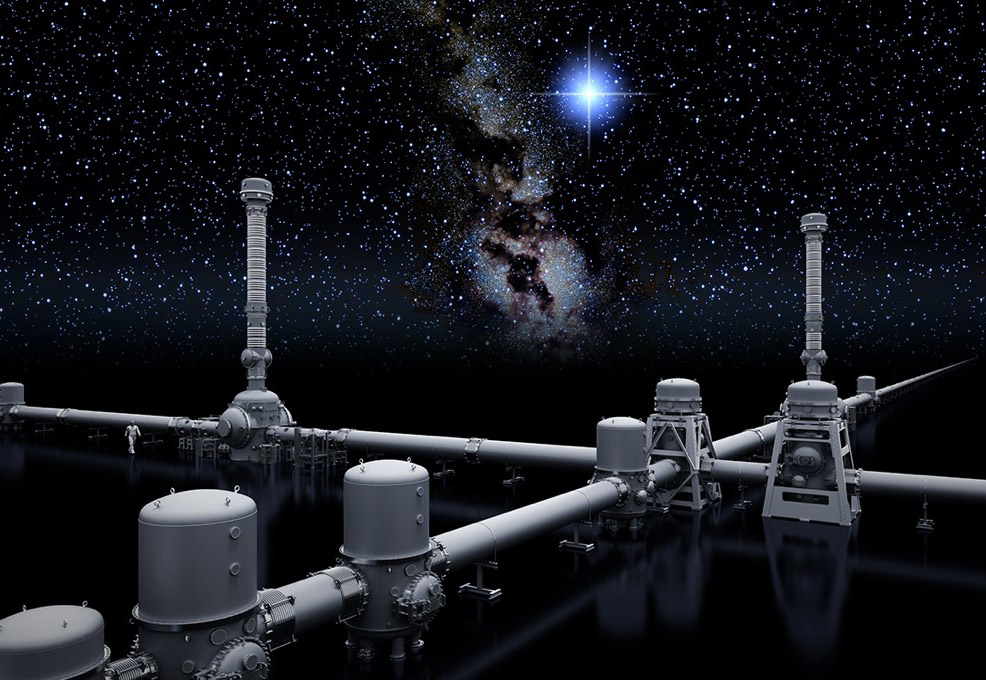Mud-diapirism-induced Lateral Extrusion in the SW Taiwan Mountain Belt

Author(s)
Ching-Hua LoBiography
Prof. Ching-Hua Lo received his Ph.D. in Geology and Geophysics from Princeton University in 1990. He joined the Department of Geosciences, National Taiwan University (NTU) in 1990. He served as the Department Chair, the Dean of the College of Science, Executive Vice President of Academic Affairs of NTU, and the President of National Applied Research Laboratories (NARLabs). He is now the Executive Vice President. His fields of interest include the application of radiogenic isotope geochronology, mass spectrometry, and principles of mathematics, physics, and chemistry to fundamental issues in Earth science.
Academy/University/Organization
National Taiwan UniversityEdited by
Prof. Ching-Hua Lo and National Taiwan University Research Center for Future Earth (NTU RCFE) members. Edited by Prof. George S. Burr-
TAGS
-
Share this article
You are free to share this article under the Attribution 4.0 International license
- NATURAL SCIENCES
- Text & Image
- April 18,2019
Since the onset of the Industrial Revolution, deforestation, urbanization, and mass consumption of fossil fuels have contributed to unprecedented anthropogenic emissions of carbon dioxide, methane, nitrous oxide, hydrofluorocarbons, perfluorocarbons, sulphur hexafluoride and chlorofluorocarbons. The heat-trapping nature of greenhouse gases (GHG) affects the heat balance on the surface of the Earth, and scientists predict that continued GHG emissions will further intensify global warming in the future. Since the anthropogenic influence on the Earth system has reached natural peak levels from the geologic past, Paul Crutzen coined the term “Anthropocene” to refer to a new geological epoch shaped by human forcing. Human-induced climate change has generated interconnected impacts on human society, and requires international and interdisciplinary collaboration to find solutions because of its multiple anthropogenic causes and cross-border influences. As an interdisciplinary platform, NTU RCFE integrates outstanding scientists across Earth sciences, environmental engineering, humanities, and social sciences, to study four major priorities: (1) climate and environmental change, (2) Earth surface dynamics, (3) environmental pollution, and (4) social-ecological system. To create a transformative future, NTU RCFE has initiated a strategic alliance with local offices of the Belmont Forum and Future Earth, and education programs to advance climate adaptation, disaster prevention, and SGDs in the Asia Pacific region.
Climate History on a Geological Timescale
The global climate system is regulated by geological, solar, and anthropogenic forcings (Crowley, 2000). Since the emergence of modern humans (Homo sapiens), the rapid development of human civilization has modified the Earth system. Since the onset of the Industrial Revolution, deforestation, urbanization, and mass consumption of fossil fuels have contributed to unprecedented anthropogenic emissions of carbon dioxide, methane, nitrous oxide, hydrofluorocarbons, perfluorocarbons, sulphur hexafluoride and chlorofluorocarbons (United Nations, 1998; Ramanathan, 1975). Among these, CO2 levels have the greatest impact on the global climate (Figure 1). The American scientist Charles Keeling (1960) was the first to systematically monitor atmospheric CO2, and his discovery of the rising time series curve of CO2 concentrations came to be known as “the Keeling curve.” Soon after, the White House published a report titled “Restoring the Quality of Our Environment” that initiated a scientific effort to quantify the relationship between greenhouse gases (GHG) and long-term changes in the climate system (White House, 1965).
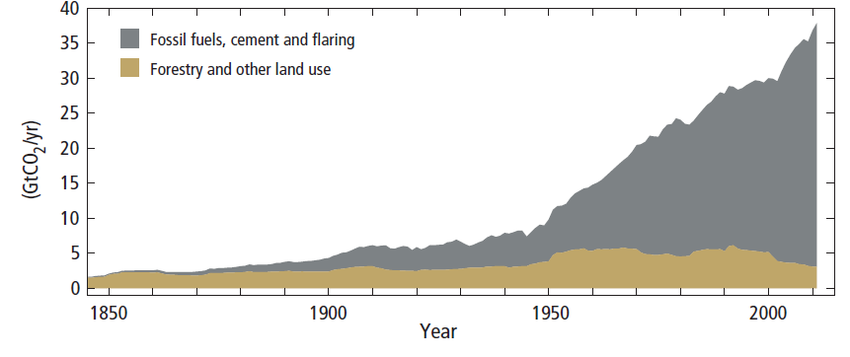
Figure 1. Annual growth of global anthropogenic CO2 emissions after the Industrial Revolution (IPCC, 2015).
Risks of Climate Change
The heat-trapping nature of GHG affects the heat balance on the surface of the Earth, and scientists predict that continued GHG emissions will further intensify global warming in the future (U.S. Global Change Research Program, 2018). This assessment is based in part on the observed increase in global surface temperatures of at least 0.85°C from 1880 to 2012, and an increase in ocean temperatures of 0.11°C from 1971 to 2010 (IPCC, 2015). Even under the lowest emissions scenario, the IPCC report projects a global surface temperature increase of 0.3°C to 0.7°C from 2016 to 2035. Under these conditions, the global mean temperature would increase from 0.3°C to 1.7°C by the end of the 21st century (2081-2100).
The observed changes accompanied by the warming Earth include acidified oceans, a shrinking cryosphere, rising sea levels, extreme weather, and changes in precipitation patterns. It also increases the difficulty of weather forecasting due to the disrupted climate system (Scher & Messori, 2019). Since the anthropogenic influence on the Earth system has reached natural peak levels from the geologic past, Paul Crutzen (2000; 2002) coined the term “Anthropocene” to refer to a new geological epoch shaped by human forcing.
Human-induced climate change has generated interconnected impacts on human society. Climate variability influences the stability of agricultural production, food security, and the economy (Wheeler & von Braun, 2013; Schmidhuber & Tubiello, 2007; International Monetary Fund, 2017; Tol, 2018) and causes biodiversity loss (Bellard et al., 2012; Smale et al., 2019). Moreover, GHG emissions have become high-risk factors for human health, such as heat stress, respiratory disease, and infectious diseases (Yuan et al., 2019). It is projected that sea-level rise (increased by 0.19 m from 1901 to 2010; IPCC, 2015) may submerge inhabited low-lying areas (Clark et al., 2016). The uncertainty of droughts and precipitation can threaten water security (Koop & van Leeuween, 2017). Adaptation policies and strategies have been proposed to address cross-sector impacts on human society, economy, and cultural resources (Carleton & Hsiang, 2016; National Park Service, 2018).

Figure 2. A wood sample taken from a tree in Taiwan.
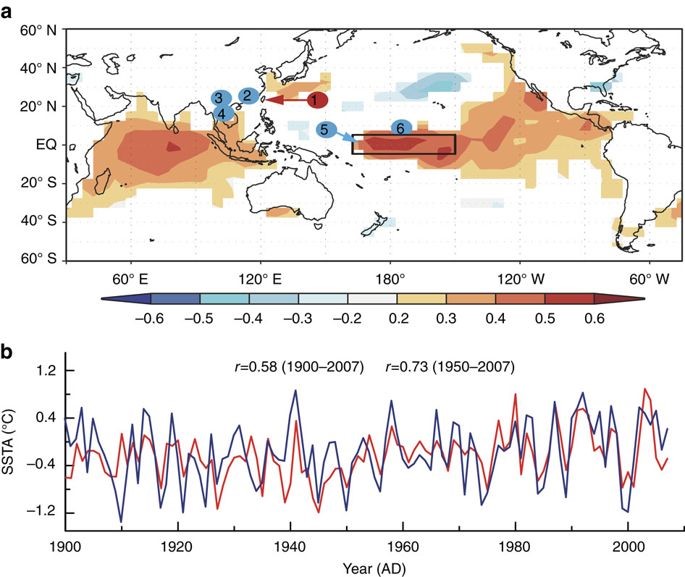
Figure 3: Map and time series showing the relationship of Taiwan tree-ring δ18O with regional sea-surface temperature (Liu et al., 2017).
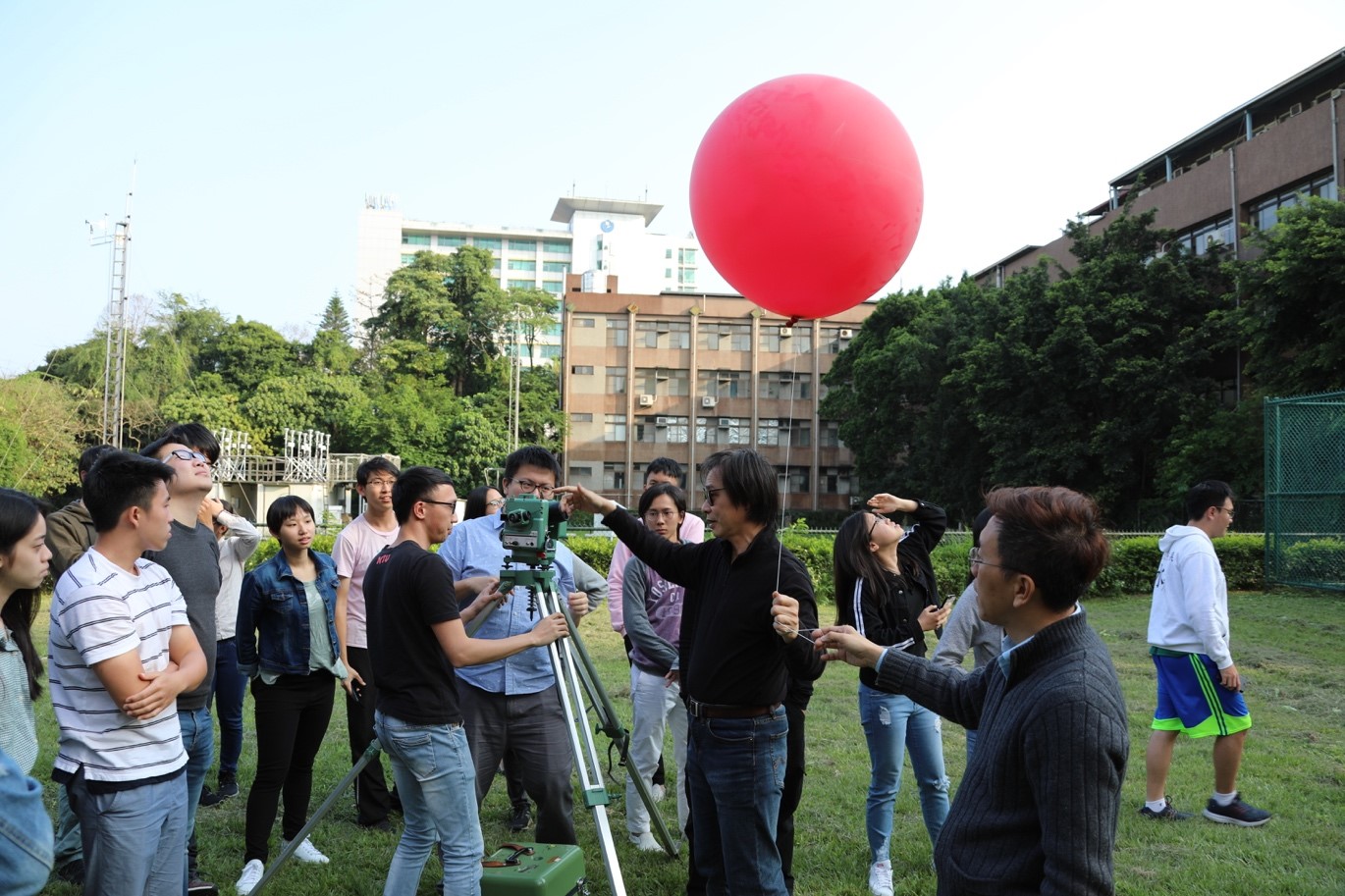
Figure 4. Prof. Shiuh-Shen Chien of the Department of Geography offered a general education course called “Air/Sky: Nature and Culture” in Spring 2019. Local and international students learned how to operate meteorological balloons in a field class.
STAY CONNECTED. SUBSCRIBE TO OUR NEWSLETTER.
Add your information below to receive daily updates.


